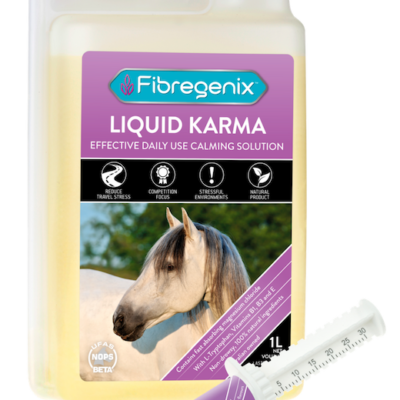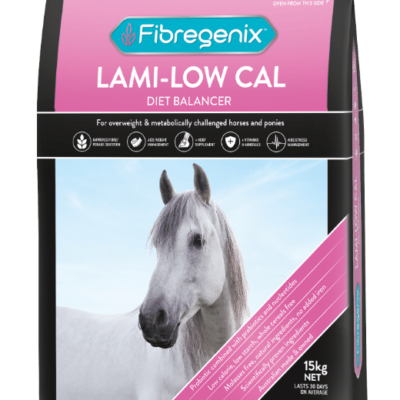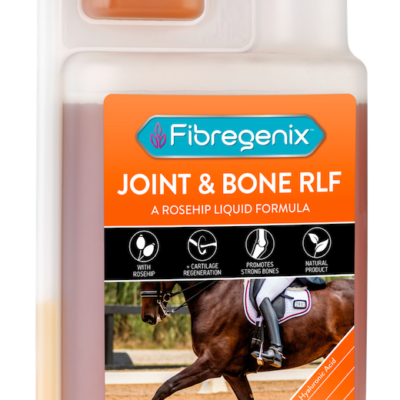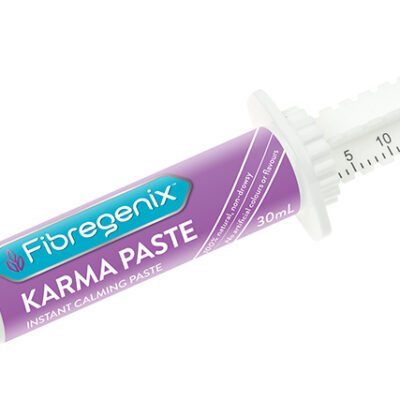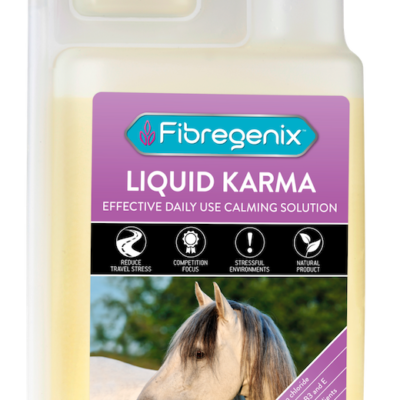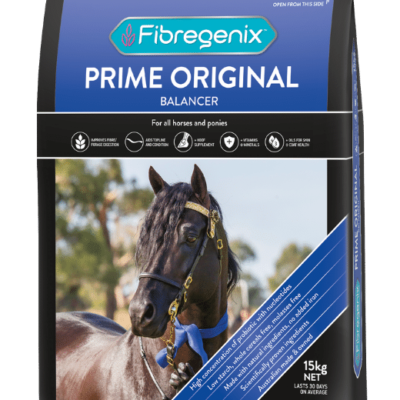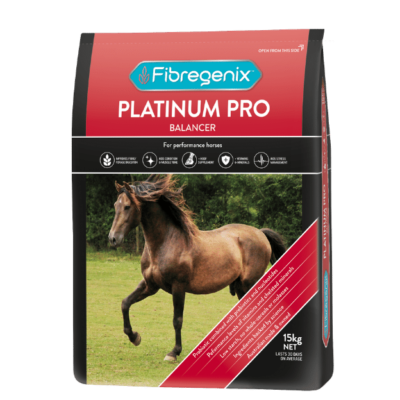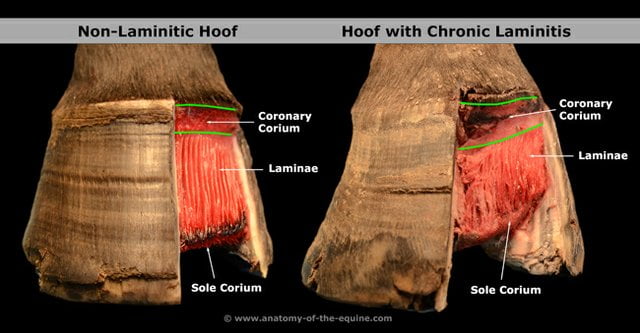
Laminitis Prevention and hoof care
Laminitis prevention and hoof care
Preventing laminitis and maintaining hoof care is a key consideration in day-to-day horse management practices. Even mild cases can have a detrimental and long-term effect, so it needs to be taken very seriously. Laminitis is the scourge of modern feeding practices and continues to be a killer of many horses and ponies. Once the sensitive hoof structures have been damaged, it’s a long-drawn-out process to recover healthy hooves.
A helping hand in Laminitis prevention and hoof care
Laminitis is often linked to the over-consumption of starch and sugars. In order to help prevent this overload to the digestive system, Fibregenix Lami Low-Cal is a carefully formulated low-calorie diet feed balancer. It’s high in fibre, free from whole cereal and molasses and exceptionally low in sugar and starch. It provides every beneficial daily essential nutrient for horse and ponies that are prone to laminitis or weight gain. Of particular note is the hoof care element of Lami Low-Cal. This contains key nutrients for good hoof health such as biotin, zinc chelate, essential amino acids and MSM.
Gut health benefits
This specialist balancer supplement has been carefully formulated to help manage laminitis and subsequent hoof care. It includes a live yeast probiotic digestive enhancer and a gut health pack of MOS and FOS prebiotics. This potent combination promotes overall digestive health and assists in reducing lactic acid levels in the gut environment. Extensive research and studies have shown that the equine approved live yeast probiotic in Lami Low-Cal increases fibre digestibility. This is beneficial when a horse or pony is on a restricted or nutritionally poor-quality fibre diet. The specific MOS prebiotic assists in removing pathogenic bacteria for an improved healthy gut environment and stimulates the immune system. Additionally, the FOS prebiotic provides a food source for the beneficial gut bacteria. Plus it has the added benefit of immune system boosting properties for preventing laminitis.
Power of purified Nucleotides in managing laminitis and hoof Care
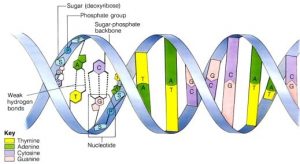 A unique and innovative part of the complex formulation of Lami Low-Cal is an added Nucleotide supplement. Nucleotides are the molecules that make up the structural units of DNA and RNA. They’re especially beneficial due to their integral role in the repair of the damaged laminae brought on by laminitis.
A unique and innovative part of the complex formulation of Lami Low-Cal is an added Nucleotide supplement. Nucleotides are the molecules that make up the structural units of DNA and RNA. They’re especially beneficial due to their integral role in the repair of the damaged laminae brought on by laminitis.
By increasing the number of red blood cells in the body, more oxygen can be carried to the injured tissue. This boosts the oxygen flow and helps your horse or pony back into recovery and work quicker Additionally, nucleotides promote rapid cell proliferation which aids the growth of the hoof wall. Another benefit is that they play a key part in maintaining a healthy immune system, so any bacterial infections present can be effectively fought.
Comprehensive hoof supplement
The comprehensive hoof supplement in Lami Low-Cal includes biotin, methionine, lysine, and organic chelated zinc and copper. These amino acids, vitamins, and mineral nutrients are highly important in the formation of pliable, good quality hooves. As a further benefit, Organic MSM has also been added to the balancer formulation providing a source of sulphur which is also essential for the development of hoof wall material.
Beneficial Omega 3 and 6 fatty acids
Lami Low-Cal contains a balanced ratio of both Omega 3 and 6 fatty acids improving overall health and well-being in the laminitic horse or pony. Omega 3 is particularly important in the role of hoof care as it has healing properties and is a natural anti-inflammatory essential fatty acid. Omega 3 deficiencies can exacerbate hoof wall problems so ensuring the diet is not deficient in this essential fatty acid is paramount.
A No brainer…
Adding Fibregenix Lami Low-Cal to your horse or pony’s diet is a valuable asset in the diet to help fight the negatives issues that accompany metabolic problems such as laminitis. Furthermore, it will also assist in maintaining general good health and well-being along with good husbandry standards into the future.
You can find a downloadable fact sheet on laminitis under our FAQs.
Reviewed and amended Feb 2022
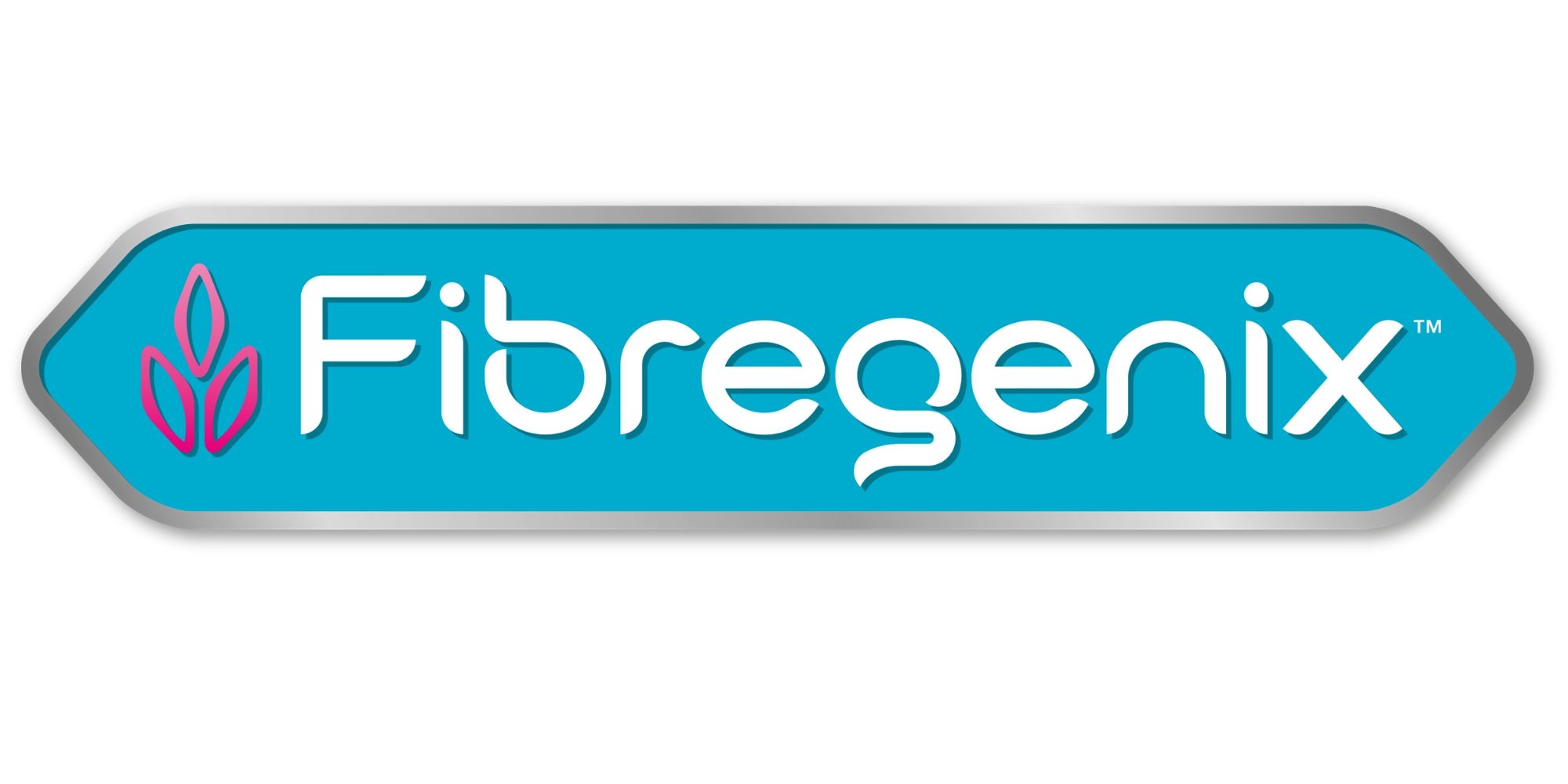
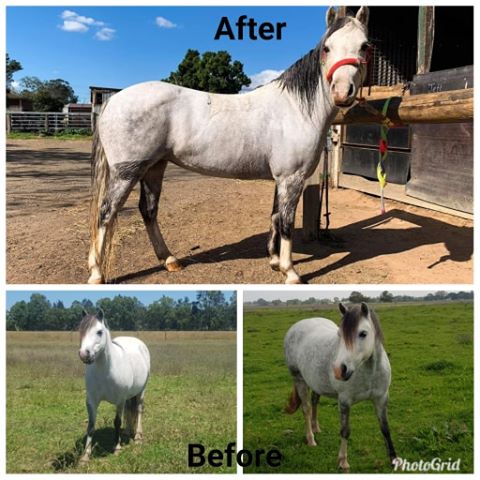
 The Obesity Crisis
The Obesity Crisis